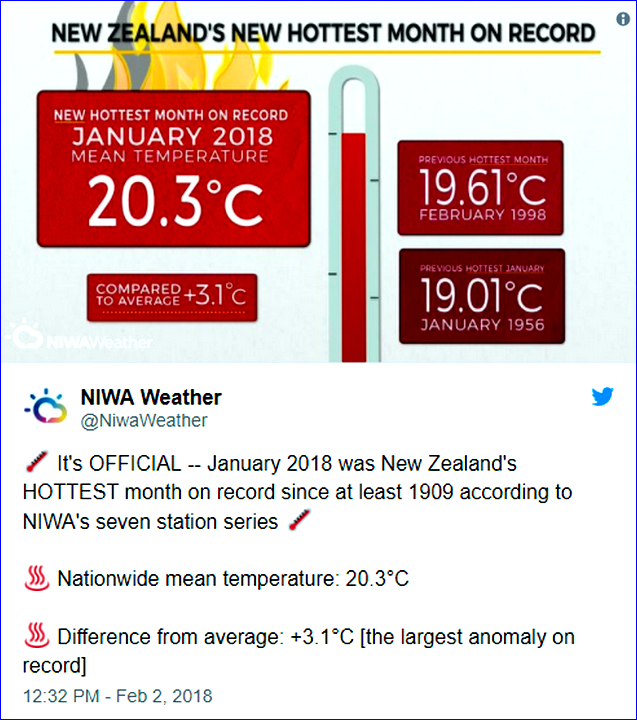Original report said to have showed more pollution flowed into sensitive Caley valley wetlands than company had alleged
Adani submitted an altered laboratory report while appealing a fine for contamination of sensitive wetlands on the Queensland coast near the Great Barrier Reef, the Guardian understands.
While appealing a $12,000 fine for spilling coal-laden water on to the beach at Abbot Point after Cyclone Debbie, Adani submitted a report detailing the nature of the spill.
But the Guardian understands that while investigating the incident, the Department of Environment discovered the original lab report containing results left off the version Adani submitted. The original report found worse pollution than had earlier been alleged.
It’s believed departmental officers noticed a difference between documents provided by Adani through its Abbot Point Bulkcoal operation and those obtained directly from the laboratory responsible for testing the level of coal contamination in discharge water.
Adani would not comment, beyond an Abbot Point Bulkcoal spokesman saying the company “provided sampling results to the regulator following Tropical Cyclone Debbie in accordance with the requirements of its environmental authority”.
The discrepancies were discovered during the Department of Environment’s preparations to defend itself against an appeal by Adani, which is disputing a finding it polluted waters off Queensland’s north coast.
The Abbot Point Bulkcoal Pty Ltd, run by Adani, was issued a penalty notice in July 2017 following an investigation into whether it exceeded allowable discharge levels after Cyclone Debbie in March 2017.
The company was authorised to release up to 100 milligrams per litre of coal-laden water, known as “suspended solids”, by the Queensland authorities, to help the site cope with the natural disaster.
It advised the environmental department in April that up to eight times the allowable amount, 806 milligrams per litre of suspended solids, had been released, which left the company facing a potential multimillion-dollar fine.
The company was fined $12,000 in August last year for breaching its temporary allowance. However, the Guardian understands further investigation by the department, just before the November 2017 Queensland election, found a lab report submitted by Adani appeared to have been modified.
A copy of the original laboratory report is understood to include a column not included in the document provided by Adani, which showed an even higher reading of 834mg/l of coal-laden water had been released.
When approached by the Guardian, a spokesman for the Queensland environment minister, Leeanne Enoch, would only say “any matters relating to court proceedings require expert legal consideration”.
“It would be inappropriate to publicly discuss such matters,” he said. “The Palaszczuk government takes the upholding of environmental protections very seriously, and will continue working to ensure our environmental laws protect our communities and outstanding natural assets.”
The revelations put further pressure on Labor as it re-examines its position on the Adani Carmichael coalmine in central Queensland.
It is not the first time Adani has been accused of inappropriate behaviour.
In August 2017, the Guardian published documents from India’s directorate of revenue intelligence (DRI), which was investigating Adani Group for allegedly fraudulently siphoning hundreds of millions of dollars from loans into overseas tax havens.
Also, the chief executive of the Australian arm of Adani has been linked to a mining pollution case in Africa.
Jeyakumar Janakaraj held senior roles at a miner that pleaded guilty to criminal charges over the poisoning of a river in Zambia before taking up his role heading Adani’s Australian operations.
In 2016 the Australian government decided not to take action against Adani for its failure to declare Janakaraj’s involvement in the Zambia company.
Fact v fiction: Adani's Carmichael coal mine – video explainer
Links
- Labor weighs Adani options as Canavan says Australia needs to 'get these jobs going'
- Adani coalmine won't get federal rail funding, Liberal minister says
- Batman byelection: Adani casts long shadow over former Labor stronghold
- Big Surge In Opposition To Adani, New Polling Reveals
- Shorten Hails Cheap Wind And Solar, But Will He Stop Adani?
- Adani Parts Ways With Mining Services Company Downer Over Proposed Carmichael Mine
- Qld Premier Annastacia Palaszczuk Seeks To Veto Adani Loan
- Another Blow For Adani As Chinese Backers Pull Out
- NSW Coal Mines In The Pipeline Are 'Bigger Than Adani', Lock The Gate Says
- Queensland Election: How Adani Helped Undo The LNP's Push To Regain Power
- Why Climate Change Is A Key Issue In The Queensland Election
- Palaszczuk Says She Will Veto Federal Adani Loan As She Accuses LNP Of 'Smear'
- Adani Coal Mine 'Devastating' For Australia
- Jobs Bonanza? The Adani Project Is More Like A Railway To Nowhere
- Runoff pollution from Cyclone Debbie flooding sweeps into Great Barrier Reef
- Adani’s coalmine, the climate trigger and other ways Labor could kill off the project







